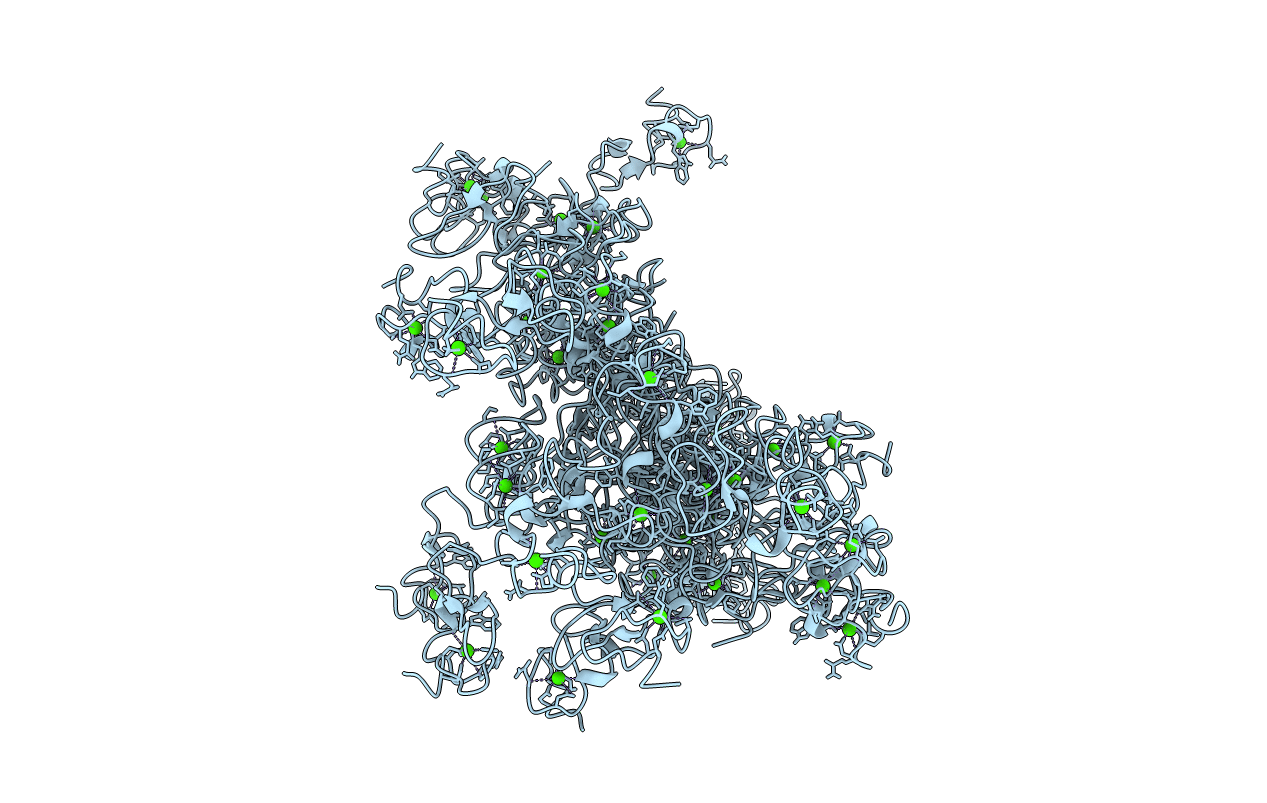
Deposition Date
2000-06-18
Release Date
2000-08-30
Last Version Date
2024-10-09
Entry Detail
PDB ID:
1F5Y
Keywords:
Title:
NMR STRUCTURE OF A CONCATEMER OF THE FIRST AND SECOND LIGAND-BINDING MODULES OF THE HUMAN LDL RECEPTOR
Biological Source:
Source Organism:
Homo sapiens (Taxon ID: 9606)
Host Organism:
Method Details:
Experimental Method:
Conformers Calculated:
50
Conformers Submitted:
20
Selection Criteria:
structures with the lowest energy


